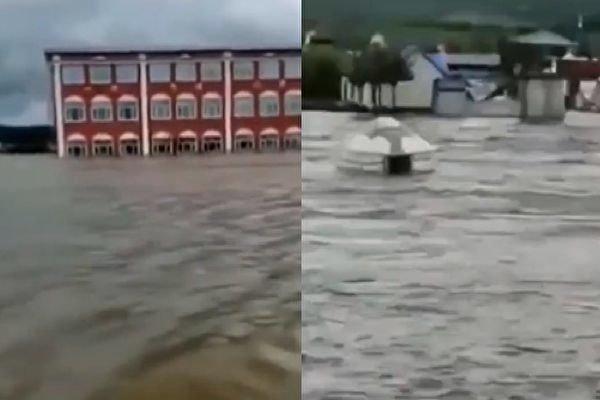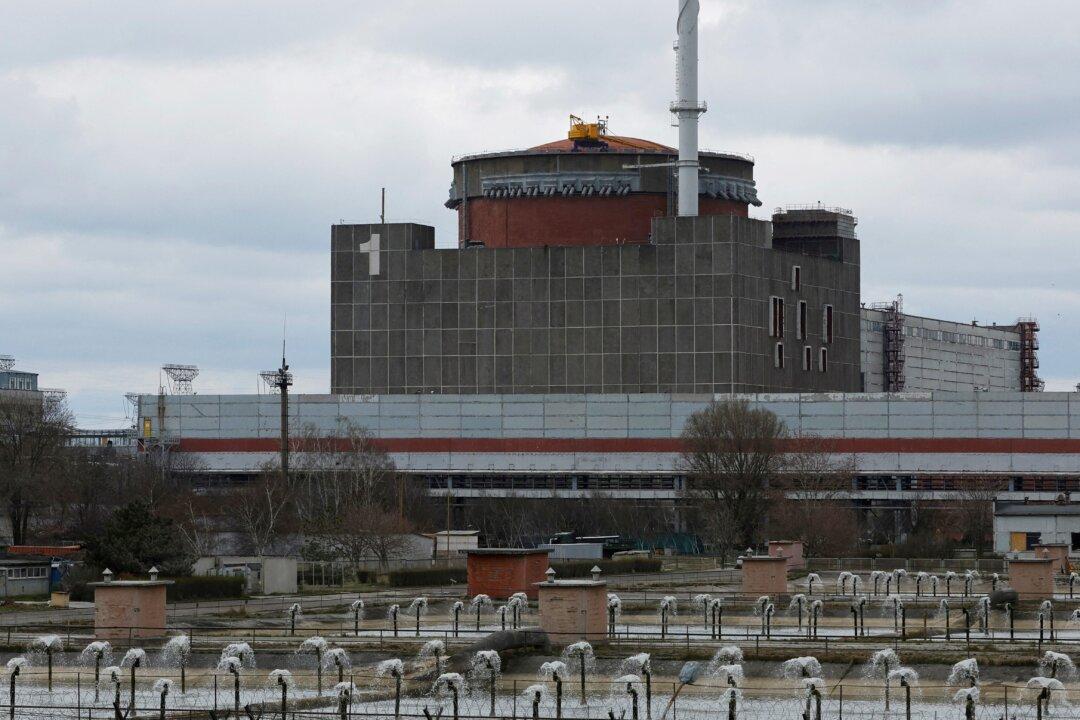Floodwaters exceeded safety levels by up to 13.6 feet across 14 monitoring stations in Heilongjiang Province on June 27 at 8 a.m., according to the Heilongjiang Province Hydrology and Water Resources Center. Eleven of the 14 monitoring stations are along the Heilong River, two along the Nen River, and one at the Huma River.
A local authority also confirmed that 5 of the 14 stations were under flood emergency status for exceeding safety levels (the maximum designed flood levels). The Sandaoka, Zhangdiyingzi Township, Changfa Tunjiang section of the Heilong River was the worst, exceeding the warning level by 13.6 feet—3 feet higher than the safety guarantee level.





